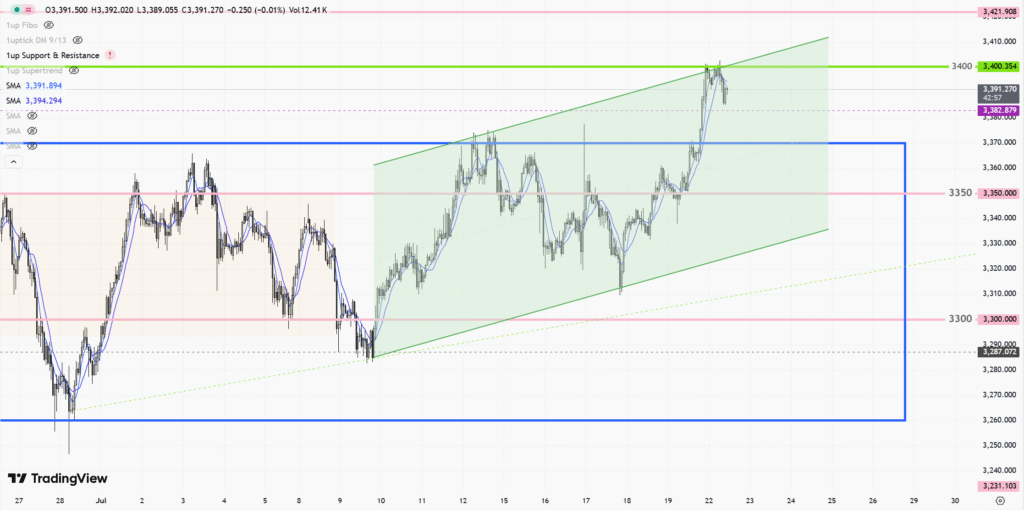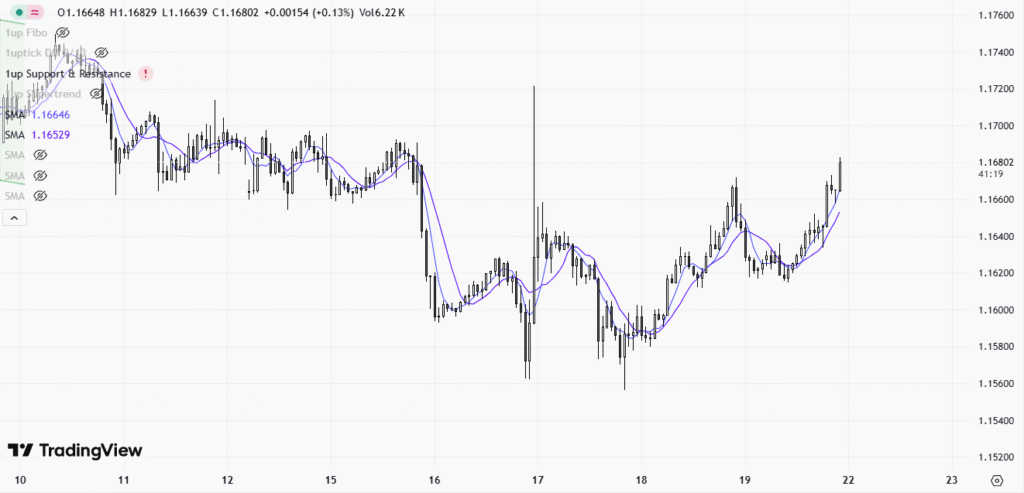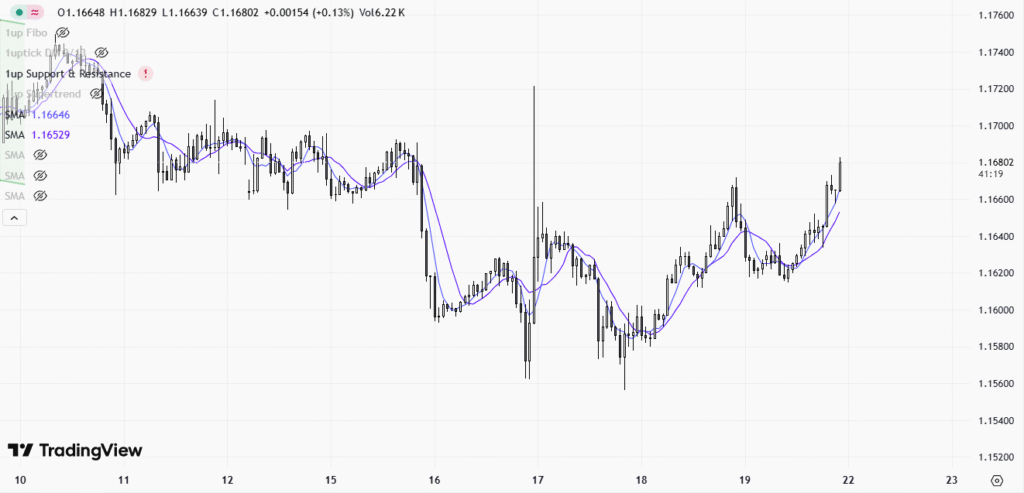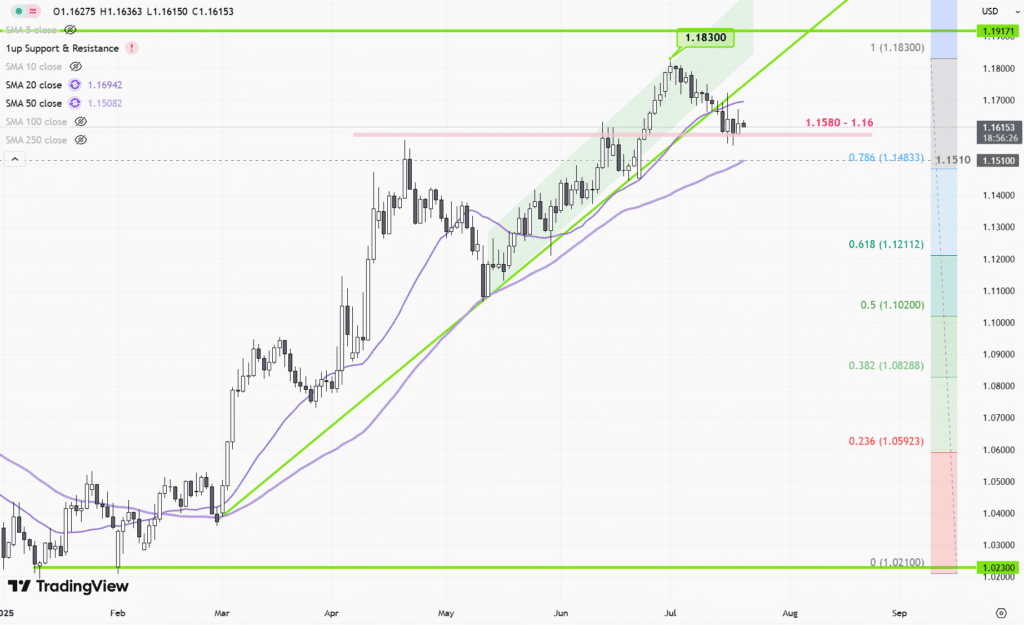 |
| Gold V.1.3.1 signal Telegram Channel (English) |
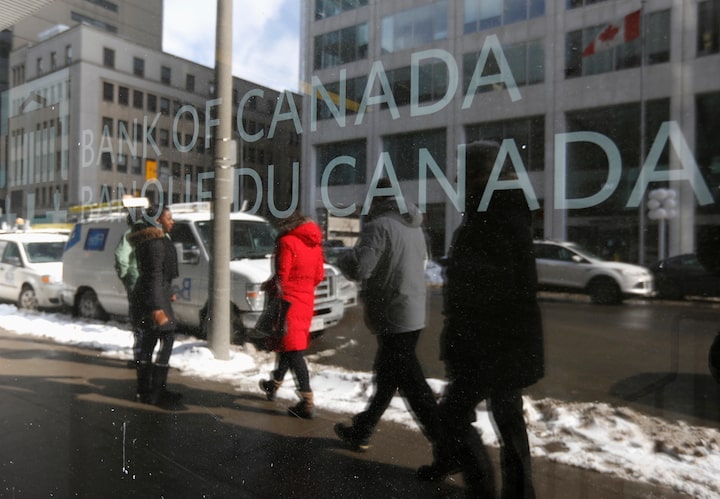
Bank of Canada Holds Interest Rate at 2.75% After Seven Cuts Amid Trade Uncertainty
2025-04-17 @ 11:55
The Bank of Canada’s latest rate decision brought a brief moment of relief to markets. After nearly a year of consistent rate cuts, the central bank opted to hold its benchmark interest rate steady at 2.75%, signaling a shift to a more cautious, wait-and-see approach amid growing global economic and political uncertainties. While the pause suggests a temporary end to policy loosening, the central bank made it clear it remains alert to ongoing risks—particularly those stemming from changes in U.S. trade policies—and is prepared to act again if needed.
Since the start of the easing cycle in mid-2024, the Bank has slashed rates by a total of 225 basis points—one of the most aggressive monetary loosening efforts in Canada in the past decade. Yet even after seven straight rate cuts, domestic consumption and employment data have remained resilient. Notably, GDP rose to 2.6% in the fourth quarter of last year, pointing to solid internal demand. Against this backdrop, the central bank decided to pause, likely in order to gather more data and better assess how evolving global trade tensions could affect the economy.
Governor Tiff Macklem was candid in his post-decision press conference, acknowledging that while monetary policy can help smooth out economic cycles, it’s ineffective at countering systemic threats like trade wars. Rising uncertainty from the U.S.—including renewed threats to impose tariffs on Canadian steel and aluminum—is a particular concern. Such measures would not only impact exports but could also weigh heavily on business investment and consumer confidence. Macklem also noted internal disagreements on whether to continue cutting rates, with some members of the policy committee in favor of further easing. However, the decision to hold reflects a cautious and balanced tone.
There are notable headwinds emerging in employment and investment. The central bank’s latest Business Outlook Survey found that about 40% of manufacturers have frozen expansion plans due to unclear trade prospects, and hiring intentions have slowed. Although recent signals from the U.S. suggest a pause on enacting new tariffs under the USMCA, businesses remain uneasy about the trajectory of Canada-U.S. trade relations. The bank has provisionally estimated that even partial tariff implementations could shave 0.5 percentage points off mid-2025 GDP growth, while also pressuring business profits and labor demand.
Markets responded swiftly to the new tone from the Bank of Canada. Following the rate announcement, the Canadian dollar swung more than 50 basis points against the U.S. dollar, reflecting investors’ divided views on where rates might head later this year. Rate futures suggest a 70% chance of another cut in June, and about a 50% chance in July. Several of Canada’s major banks are projecting that rates might fall further—possibly reaching 2.25% or even 2.00% by year-end.
Bond markets are already adjusting to the potential for more easing. Yields on two-year government bonds have dropped to 2.18%, a one-month low, signaling market expectations of further cuts ahead. Meanwhile, export-oriented stocks in Canadian equity indexes have benefited from expectations of a weaker loonie, though financial stocks have underperformed as lower rates threaten to squeeze lending margins.
Economists are divided in their assessment of the central bank’s latest decision. Some institutions argue that with external risks still difficult to quantify, maintaining flexibility is wiser than taking premature action. Oxford Economics, for example, believes the central bank still has over 100 basis points of room for further cuts if a more serious trade shock materializes. Others, however, warn that delayed policy responses may worsen business confidence. Douglas Porter, chief economist at BMO, stressed that the sooner the market sees the central bank actively supporting growth, the better chances are of stabilizing economic expectations.
Inflation adds another layer of complexity. The latest data shows Canada’s annual CPI rising to 2.6% in February, its highest level in eight months. Multiple core inflation indicators are also trending higher, potentially putting constraints on future rate cuts. Easing too soon could risk unanchoring inflation expectations, undermining price stability.
Given the high degree of uncertainty over how trade tensions will unfold, the Bank of Canada is turning to a “scenario analysis” model rather than relying on a single forecast. Its base case assumes that if only limited trade restrictions materialize, 2025 growth could still come in between 1.2% and 1.5%, with inflation around 2%. But in the event of a full-scale trade conflict, a technical recession and inflation climbing above 3% are not off the table.
In light of these risks, the bank is also exploring alternative policy tools. These include reintroducing quantitative easing (QE), strengthening forward guidance, and working with the federal government on targeted fiscal measures to support vulnerable industries and stabilize the labor market.
Overall, markets are entering a sensitive phase in which future developments will heavily hinge on external events. The upcoming U.S. midterm elections have stirred debate on trade, and many details of the USMCA’s implementation remain unresolved. By keeping rates unchanged, the Bank of Canada is essentially preserving policy capacity to deal with potential disruptions ahead. Investors should closely watch the first-quarter GDP data and changes in corporate fixed investment, set for release in May—these will likely shape the central bank’s next move.
This policy pause serves as both a window for reflection and a moment of preparation. As the Bank stated in its release: “If economic conditions warrant, we are prepared to use all available tools.” In an environment defined by uncertainty, staying prudent and adaptive is more than a strategy—it’s a necessity.


